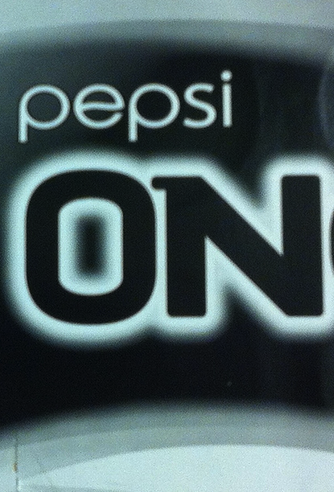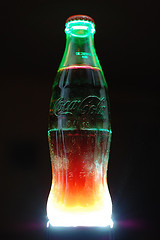Crack open a Butterfinger bar and you’ll find a core that uses food dyes like Red 40 and Yellow 5 to get that distinctive orange hue. While these and other artificial ingredients are certified by the FDA for use in food, a growing number of consumers are looking for products with more natural ingredients. That’s why Nestlé USA has pledged to remove artificial flavors and colors from all of its chocolate items by the end of the year. [More]
caramel coloring

Tests Show High Level Of Possible Carcinogen In Pepsi One
As recently as last summer, Pepsi was called out (by the Center for Environmental Health) for continuing to use a controversial caramel coloring — one that can contain a possible carcinogen and is included under hazard label regulation in California — in spite of calls for an end to its use. New tests from our coworkers at Consumer Reports confirm that Pepsi, Diet Pepsi, and Pepsi One all contain significant levels of the ingredient. [More]

American Beverage Association Responds To Call For Ban On Caramel Coloring In Cola
Earlier this week, the Center For Science In The Public Interest petitioned the FDA to ban two forms of caramel coloring, claiming that the ammonia and sulfites used in the creation of the products results in allegedly carcinogenic chemicals making their way into the resulting food and drink. Consumerist reached out to Coca-Cola and Pepsi to get their side of the story, but were instead passed on to the American Beverage Association, which offered its own version of things. [More]

CSPI Asks FDA To Ban Caramel Coloring Used In Coke, Pepsi And Other Stuff You Like
Yesterday, the folks at the Center for Science in the Public Interest sent a petition to the Food & Drug Administration, demanding that the “caramel coloring” commonly used in sodas like Coke and Pepsi be banned because they claim it contains a pair of carcinogenic chemicals. [More]


